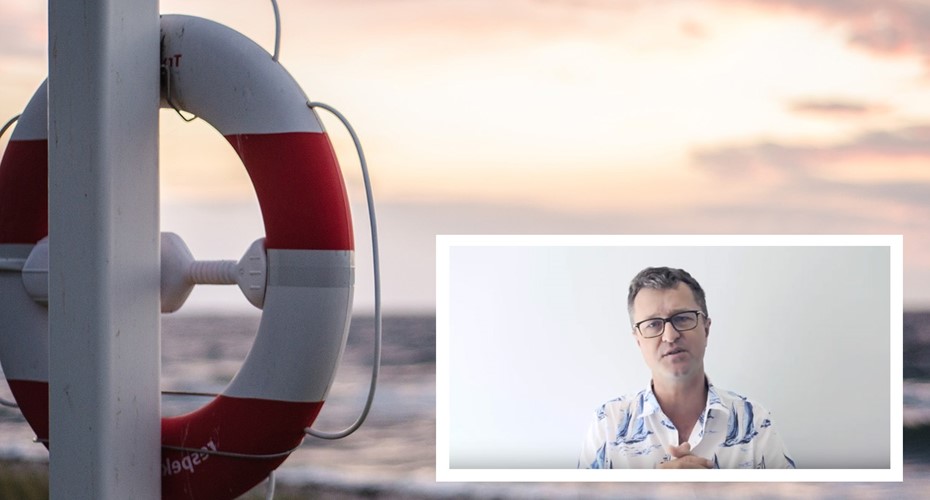Peer-to-peer lending: How we protect investors from credit losses

One of the things that makes our peer-to-peer lending platform unique is our use of reserve funds for credit risk management.
Reserve funds exist to protect investors from future expected credit losses.
In the event that a borrower defaults or misses repayments, the reserve fund ensures the payment back to the investor is still made (provided there are sufficient funds available).
How many reserve funds exist?
We have a reserve fund for each of our three investment classes: home loans, personal and consumer finance loans, and business property loans.
When you’re investing into a particular class, you’re only exposed to that class. That means that if you’re investing in home loans, you’re not exposed to personal loans or business property loans.
Who pays for the reserve funds?
A percentage of the borrower interest is automatically diverted into the reserve fund for that borrower’s investment class.
The amount of interest that we divert may be a lot or a little – it all depends on how risky the borrower is determined to be.
How do we assess credit?
When we determine a borrower’s credit risk, we look at a whole range of factors, including:
- The probability of default
- Whether or not someone will stay employed or lose their job
- The potential loss given a default
- The wider economy, including the unemployment rate
- What’s happening globally
- What’s happening within the underlying investment class
- Credit loss trends
All of this information helps us set the amount of borrower interest that is diverted to the reserve funds, to ensure we have enough.
We also assess our ability to recover that money if a borrower does default. The probability of recovery for home loans and business property loans is quite high, especially if the loan is relatively small compared to the value of the property.
However, the probability of recovering money from personal loan and consumer finance products is lower, as loans below $20,000 can be unsecured.
What happens if the reserve funds run out?
Even with our robust credit risk management and planning, there could be a situation in the future where there’s not enough money set aside in a reserve fund.
In this situation, we would put the reserve fund into active management.
Active management is when our socialisation clause kicks in. It gives us the ability to divert part of the borrower interest that an investor would normally receive into the reserve fund so we can build up additional reserves.
Investors lose interest, but they are better protected against any future credit losses.
We won’t wait for a reserve fund to run out of money before we put it into active management. That’s because we’ll get some clues along the way, allowing us to prepare.
For example, if a reserve fund is running down due to some sort of macro event or an unprecedented spike in credit losses, we will push that investment class into active management.
It’s all about making sure that we’re acting in all of our investors’ best interests. We’ve designed our platform to give you stable and predictable returns, and to reduce your risk as much as we possibly can.
Watch the below video to learn more about our reserve fund model
The potential risks of peer-to-peer investing
Although we have a hardy system in place for assessing a borrower’s credit risk and protecting our investors, peer-to-peer lending is not 100% risk-free. To dig into the details, here are the possible risks with peer-to-peer investing.
Receive updates on the housing market, interest rates and the economy. No spam, we promise.
The opinions expressed in this article should not be taken as financial advice, or a recommendation of any financial product. Squirrel shall not be liable or responsible for any information, omissions, or errors present. Any commentary provided are the personal views of the author and are not necessarily representative of the views and opinions of Squirrel. We recommend seeking professional investment and/or mortgage advice before taking any action.
To view our disclosure statements and other legal information, please visit our Legal Agreements page here.

